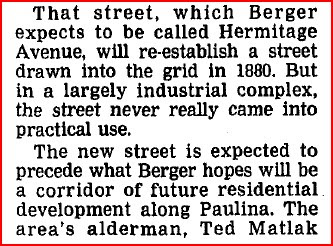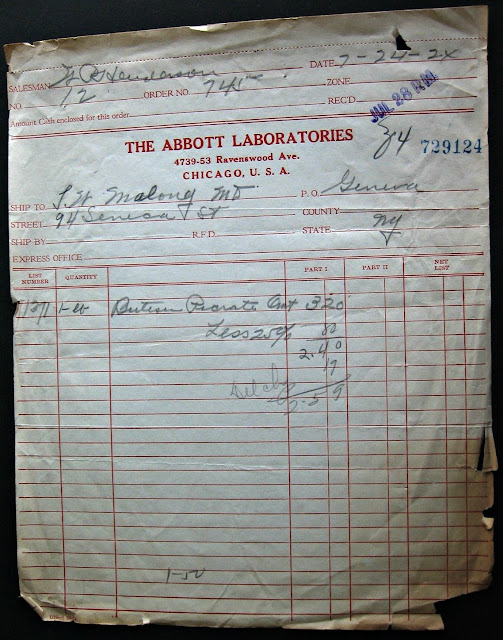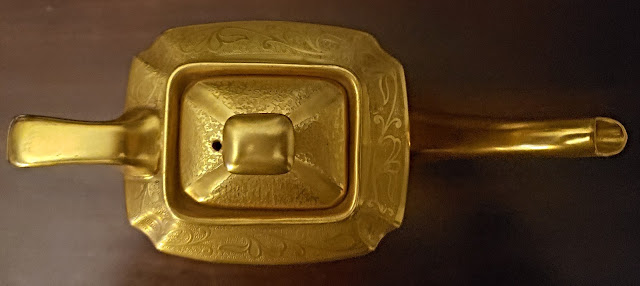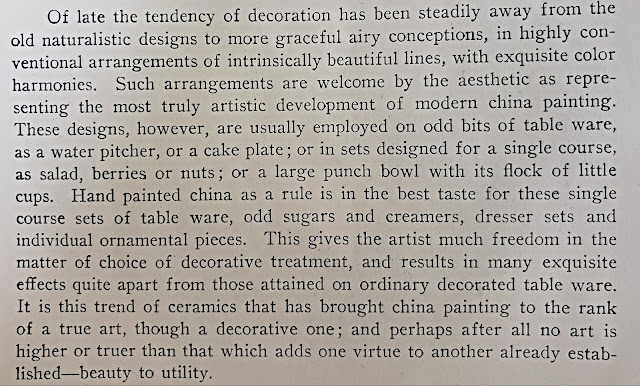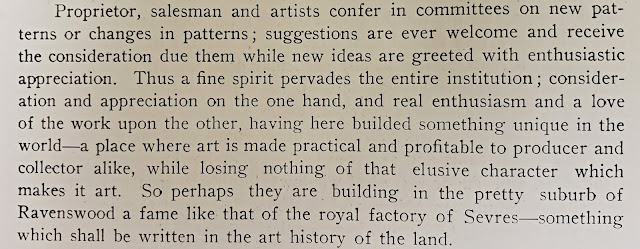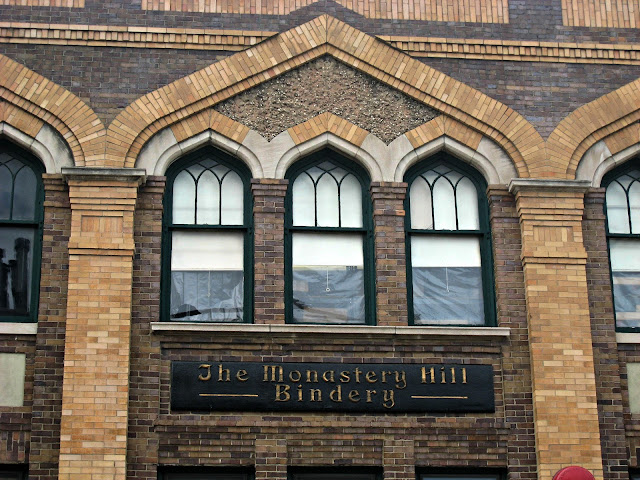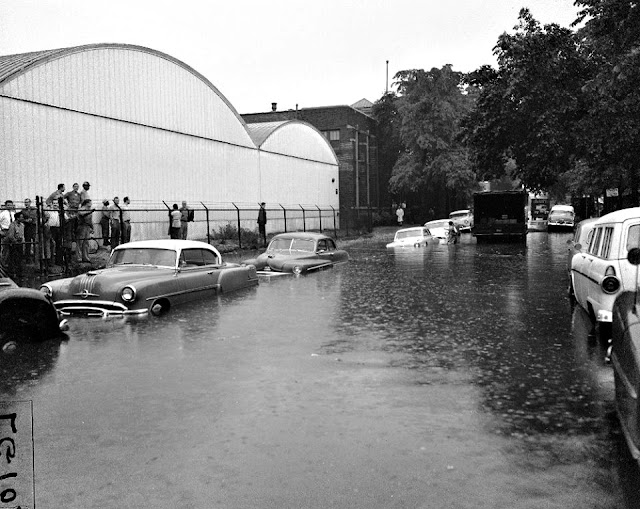Once Located in the Township/City/District of Old Lake View
The Subposts Topics within this Post:
1) Manufacturers along the River
2) Manufacturers along the Tracks
3) The Land Scars of the Manufacturers
that includes
Clay Pits & Ice Ponds

This post is about the manufacturing companies that once
blanketed the Township/City, District of and finally Community of Lake View. Most manufacturers from the 19th and early 20th century were once located near rivers & railroads for easy
and efficient access to their marketable areas.
The Chicago area had
abundant of both. I will highlight the most notable manufacturers while addressing
the fact that Lake View was a blue-collar area much like the rest of Chicago
at the turn of the 20th century. Manufacturing was the 'bread & butter' for
labor and prosperity in old Lake View as well as the Chicgo and the nation.
In my opinion the decline of manufacturing in Old Lake View began during the Great Depression of 1929. Thousand of jobs were lost many never to returned to thier formal status.
The Vintage Manufacturers
of Old Lake View:
1894 Sanborn Fire Insurance Map along the river
once part of the Township/City of Lake View
and finally the District of Lake View
The history/list I provide in this section of the post includes manufacturers that were hub and attached to popular forms of transportation in the mid-19th century - rivers and railroads. The north branch of the Chicago River between Fullerton Avenue and Diversey Parkway had a hub of companies that drew thousands of employees to the Township/City of Lake View and then after the annexation of 1889 the then newly formed District of Lake View. The other means of transportation that drew thousands of workers to Lake View was the Chicago & Lake Superior railway and the Chicago & North Western Railroad that shipped product north and south of old Lake View. These railroads would have several names during their own history's. The most prominent and first railway to geographical cut through old Lake View was the
that no longer exists but is remember of the elders of old Lake View most noblely due railways proximity to Wrigley Field.
photo - Industrial History:C&E Milwaukee
The Vintage Manufacturing Companies
along the Tracks
The railroads through Lake View in 1904 in blue lines
with the red shapes that indicates manufacturers/plants
with a list onf manufacturers along its route
of the Chicago & Evanston Division
zoomed view belowList of Companiesfrom School Street to Addison
photo - Forgotten Railways of Chicago
Within the red box is the most visible 'right of way' of the former
Chicago, Milwaukee, St. Paul RR - Evanston branch that sliced through Lake View using Google Earth. Some residencal development was contructed in alignment with the 'red rectangle' using Google Earth. The most southern end of this line
linked up with the Kingsbury Street line, once part of Chicago Terminal. Countless of local manufacturers built their factories along this RR are now replaced by houses, apartments, condos. This branch of the railroad was meant only for freight for such companies as Reed Candies and Best Buy Brewing and among others I will mention in this post.
a 1880's bill of sale for a candy shipment
from the
Chicago Milwaukee & St. Paul Railway Company
part of my collection
The Vintage Manufacturing Companies
along the Chicago River
A Brief:
in what we would call today as an industrial park;
Fullerton to Diversey, the river to Ashland
1887 Rascher's Atlas
a zoomed view below
Malleable Iron Works
this company had three plants, all near-by
William Deering & Company's Agricultural WorksM. Lassig Bridge Works
North Western Terra Cotta Company/
True Hottinger & Company
An Unnamed Brick Yard
Lake View School #3
and to known later as The List
of Manufacturers
by Name:
Illinois Malleable Irons Works An Iron Casting Company
Established in 1880
Township of Lake View
The General Office was located at
1801 W Diversey Parkway
1891 invoice - part of my collection
images from Internet Archive
plant #1
1923 Sanborn Fire Insurance Map
plant #2
1923 Sanborn Fire Insurance Map
plant #3

1923 Sanborn Fire Insurance MapA Current Area View
Google Map Perspectives 2018an aerial view below of the area - 2018 Google Earth Some of their products
Some of their products on sale by Ebay for $2,500 in 2019
on sale by Ebay for $2,500 in 2019
and Grace:
2525 N Clybourn Avenue
Urban Remains item for sale
According to a company called Urban Remains the original named company was 'True, Brunkhorst & Co.' organized in 1877. The five founding
members were John Brunkhorst, Gustav Hottinger, Henry Rohkam, John Tank and John R. True. The True, Brunkhorst & Company continued to do business as the North-Western Terra-Cotta Works until 1887, when it was officially
incorporated as the Northwestern Terra Cotta Company.

image - Columbia Digital Library and postcard - Urban Remains
photo below - Ebay
A Narrative
from their 1926 catalog
image via Ebay
A Billing Receipts
from Urban Remains
zoomed from above
Northwestern Terra Cotta Company was Chicago's largest
manufacturer of architectural terra cotta. With headquarters at 1750 Wrightwood
Avenue in Chicago, NWTC operated from ca. 1877 until its last factory, located
in Denver, closed its doors in 1965. The firm was a leader in development of
the architectural terra cotta industry and provided building elements for
numerous Chicago buildings, including the Wrigley Building, Chicago Theatre,
and Civic Opera House according to https://snaccooperative.org
1892 advertisement
Art Institute of Chicago via Explore Chicago
1887 Rascher's Atlas
1891 Rascher's Atlas
a 1894 Sanborn Fire Insurance Map view The company once
had three locations by the 1930's
Chicago /Denver/St. Louis

 The Fire of 1911
The Fire of 1911
In 1911 the original building was destroyed by fire but by the next year a new building took its place in the same spot that depicted the popularity and financial strength of the company
page 2
From the Ashes the new building

1911 Chicago Daily News advertisement
Terra Cotta's Use and Populaity
by 1912
Their Workers
at Work
Workers feeding the kiln


mixing area
men with chisels
men working with molds
polychrome (painting or decorate) room
Sculptors working on architectural molds models
and
the drafting room
'By 1920 the firm's Clybourn Avenue plant covered 24 acres and was the largest in the world. In addition to operating a second facility in Chicago Heights, the company subsequently acquired plants in St. Louis and Denver.
Northwestern Terra Cotta targeted its client base by advertising in trade journals such as American Architect. The company wasted no time promoting its involvement in the construction of the distinctive Wrigley Building—the first skyscraper completely clad "from sidewalk to searchlight" in terra cotta. Not only was the gleaming white-enamel office tower Chicago's tallest structure at that time, it was the first of a series that inaugurated new development north of the Chicago River.' - National Building Museum
Advertisement for Northwestern Terra Cotta Company
featuring Windermere Hotel, Chicago, C. W. & Geo L. Rapp, Architects
Chicago Daily News Advertisements
1909
Some Designs
from Urban Remains
for the Carson Pirie Scott & Company 1899
Art Institute of Chicago via Explore Chicago Collection
1925 photo below - Chicago History Museum
The Company's President
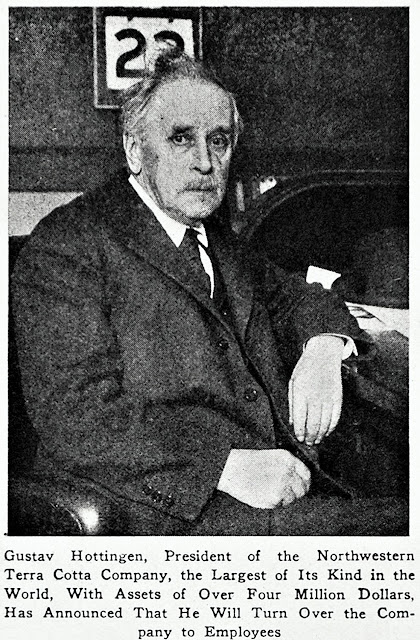
image (unknown date) - Amazon
The president lived on what is regarded today
as Terra Cotta Row in Lake View
... his death in 1929
and built in 1901
when Lake View was referred to as a District in Chicago
after the annexation of 1889
 text - Hidden History of Ravenswood and Lake View by Pat Butler
text - Hidden History of Ravenswood and Lake View by Pat Butler
The Rokham House is dubbed the Queen of the Row
Theodore Karls was the architect built in 1887 when the status of Lake View changed from township form of government to a city with the same territory. The residence is part of an area known as Terra-Cotta Row that is made of four houses on the same block.
on Oakdale Avenue
photos - Altas Obscura
Samples
photos from Ebay and now part my collection
a meant to be a salesman sample for potential client
This is a 6" wide and 4 1/4" tall
Another Salesman's Sample
photos - Garry Albrecht
10 inches tall and 2lbs
part of my Lake View collection
another keepsake
of mine
church to the left & school to the right photos via Urban Remains
the school closed in 1983 & demo'ed in 2003My piece of the school
12 x 6 in size
top and side views
Other Samples
of their Works of Art
(not part of my collection)
a tile
selling at Ebay for $675 as of 2017
It measures 15.75" x 12" x 1"
another salesman's calling card - Ebay
images - Ebay
apparently before casting of the terra cotta
photos - Ebay
indicating the original name of the company
This Christmas tree stand


The Union Stock Yard
"This terra-cotta arch from the Union Stock Yard, 1888, Chicago, designed for the office of Burnham & Root that was manufactured by Northwestern Terra Cotta
Company, Chicago. Originally this arch stood in the Union Stock Yard at the
National Live Stock Bank of Exchange Avenue and remained there until the
stockyard fire of 1934. Flanking the doorways are figures of a southwest
cattle rancher (left) and John D. Gillett (right), a prominent Illinois cattle
rancher. In 1984 it was donated to the Chicago History Museum."
- testimony from Rolf Achilles
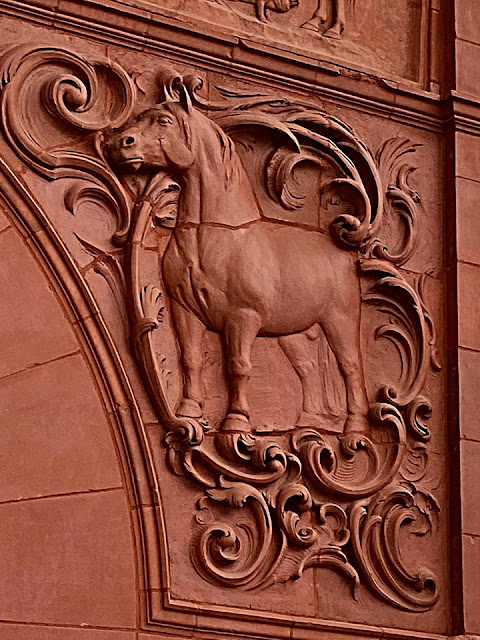

Another Project was
Union Station
The Company's
other Advertisements
both sheets are part of my collection
images - Ebay
ad - Ebay
zoomed below
The Northside HQ
still remains on a street called Terra Cotta Place
as of 2018
pieces from St. Boniface School building
that was part of a salvage operation in the 1990's


 Wrigley Chewing Factory office building
The Terra Cotta House on
Wrigley Chewing Factory office building
The Terra Cotta House on Wellington Avenue
503 Wellington
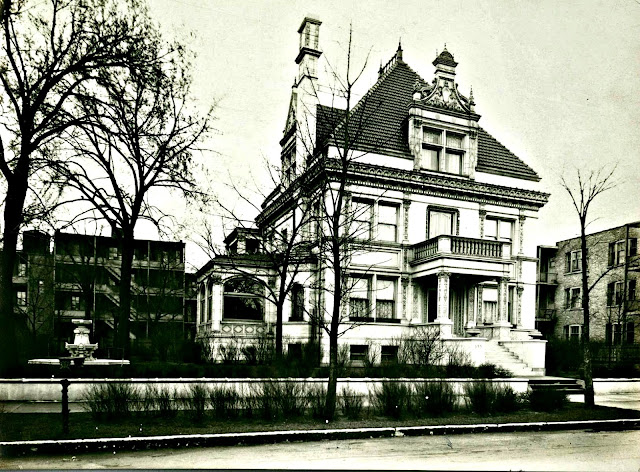 photo - Chicago History Museuum
photo - Chicago History Museuum via Explore Chicago Collection
The entire exterior of this house that was once located
531 W Wellington was embedded with terra cotta. According to Windy City Historians-Facebook by a contributor named Greg Brewer, "The house was built in 1900 for Mrs. Margarette True,
prior to her marriage to Horace Brand in 1910. The architects were Huehl and
Schmid. The garage was built in 1910; the architects were Tallmadge and Watson.
The property was apparently sold following Mrs. Brand's death in 1919. The
house was demolished and replaced by an apartment building."
below photo - Chicago History Museum
& Company
A Farm Equipment Company
1880 - 1902
merged 1902 - closed location 1930
the property view - Ebay
1894 Sanborn Fire Insurance Map of the location built in 1880
Artist Bror Julius Olsson Nordfeldt's depictionillustration - Art Institute of Chicago unknown date
Receipt dated 1888
when Lake View was a city in Illinois - Ebay
Trade Cards Trade Cards "functioned as
advertising and also as maps, directing the public to the merchants' stores (no
formal street address numbering system existed at the time). The trade card is
an early example of the modern business card. The use of trade cards in America
became widespread from the mid-19th-century in the period following the Civil War" according to Wikipedia
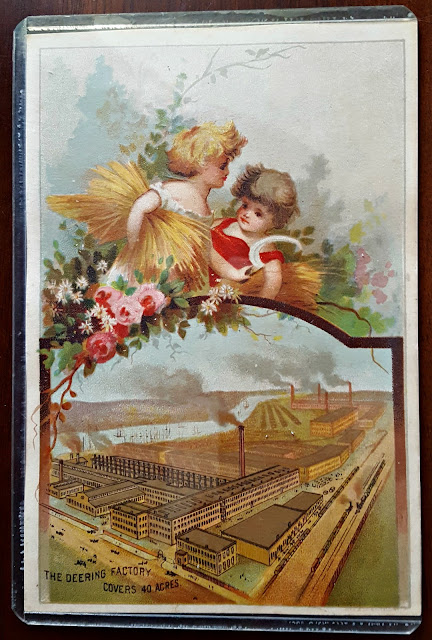
and the reverse side
from my personal collection
trade cards from Ebay
with the reverse side
 with the reverse side
with the reverse side
 the reverse side
the reverse side
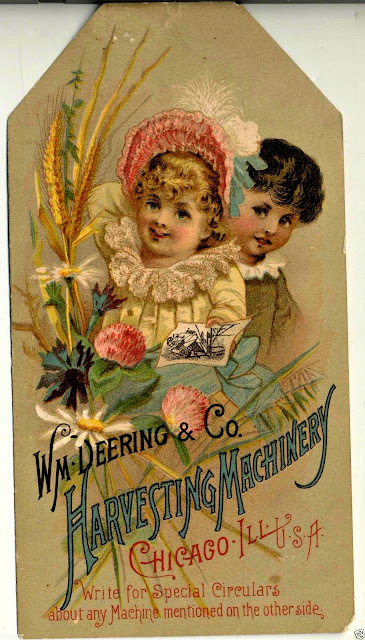

 photos - Ebay
photos - Ebay
1891 Sanborn Fire Insurance Map
in detail
1894 Sanborn Fire Insurance Map below
indicating Deering Works as a divsion of
The Area by 1950
as a public housing location
Advertisements & Pamphlets:
William Deering & Company advertisement pages
image above - Ebay
image below - Amazon
images - Ebay
 Their Catalog
Their Catalog
6 photos - Ebay
A Storybook for the
Chicago Columbia Exhibition
Deering Plant
Completely Merged in 1899
with the backside of it has a meshed photo of the property
images - Ebay
1922 advertisement - Throwing Wrenches
'By 1910, when International Harvestor -IH grossed about $100 million in annual sales, it had over 17,000 workers in the Chicago area, making it the leading employer in the region. By that time, IH had established its own steel mill on the city's far South Side, which it named Wisconsin Steel, as well as manufacturing plants in Sweden, [post czarist] Russia, and Germany. A manufacturer of trucks as well as tractors, during the first years of the twentieth century the company moved away from animal-powered equipment and toward motorized vehicles. By the 1930's, as the nation's leading manufacturer of trucks.' – Encyclopedia of Chicago
image - Ebay
An International Harvester
of America advertisement
In the first quarter of the 20th century International Harvester had a particularly in Imperial Russia & the Soviet Union during the early
part of the 20th century.
The Owner
Sausage Works
established in the
District of Lake View
Albert, the Saugage King
The company's location in 1894
As your recall Fullerton Avenue was the southern border to the township/city, District of Lake View
zoomed below
North of International Harvester facilities within the manufacturing area or industrial park was Adolph Luetgert's Sausage Works once located on Diversey Parkway near the north branch of the Chicago River also near Northwestern Terra Cotta Company and the Deering Works.
'Albert Luetgert had established a packing house and stockyard on
the city’s north-side, at the 1700 block of West Diversey Avenue, in 1879 when Lake View was a township. It had become very successful over the
years, from an initial investment of four thousand dollars to a point where the
A.L. Luetgert Sausage & Packing Co. was considered the ‘sausage king’ by 1890’s' according to the Ravenswood-Lake View Historical Association website.
Albert Luetgert
photos - Ebay
illustration - Alchemy of Bones


















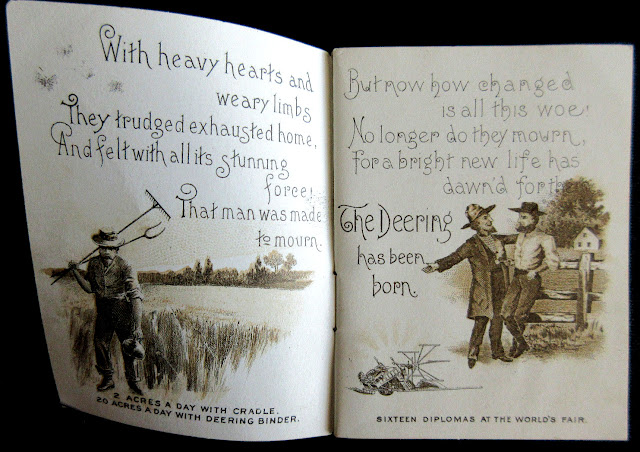






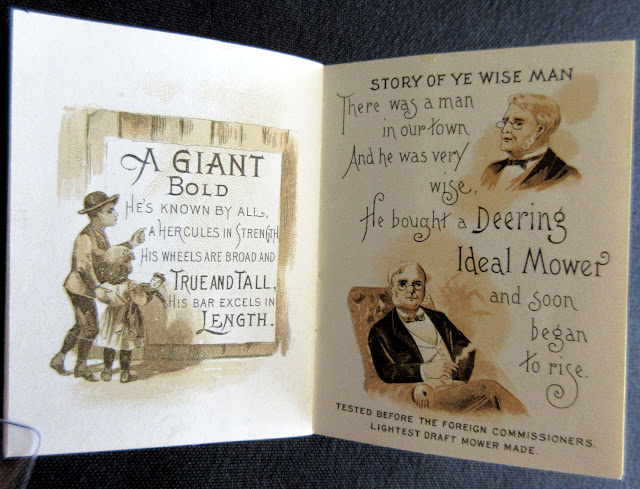
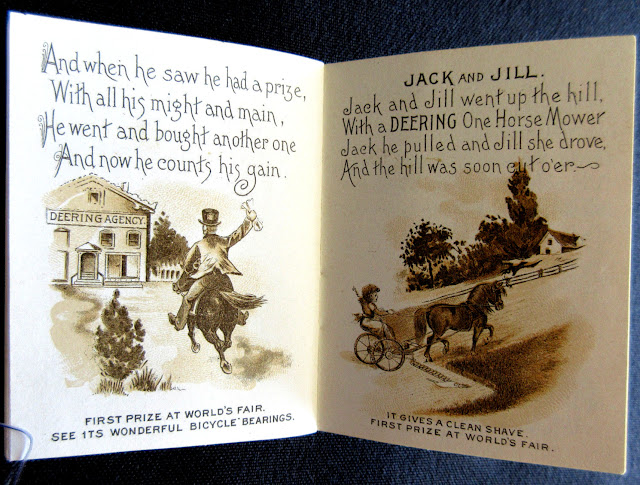

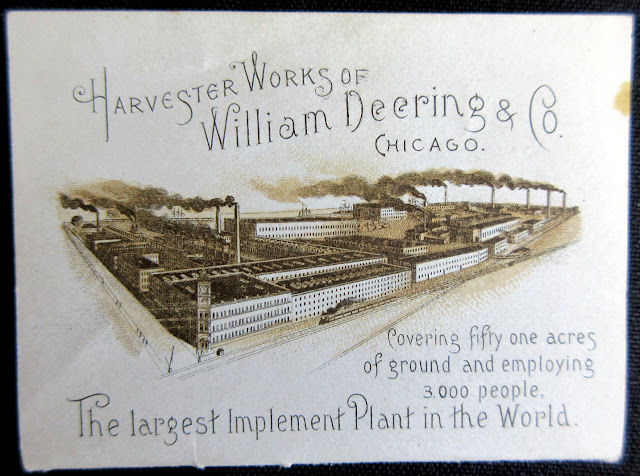
















































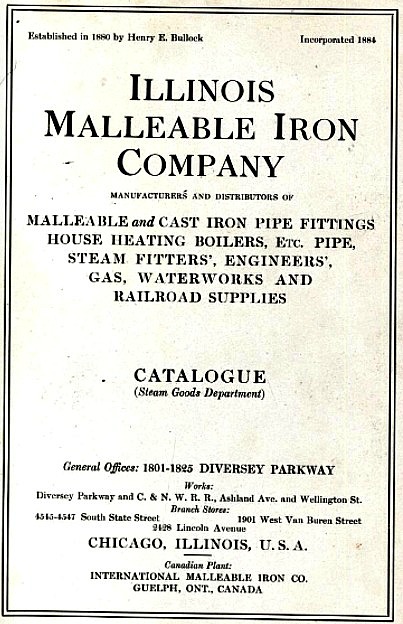



















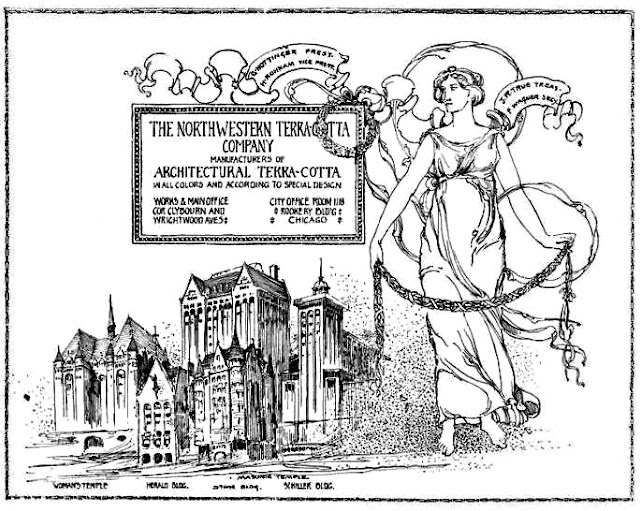




















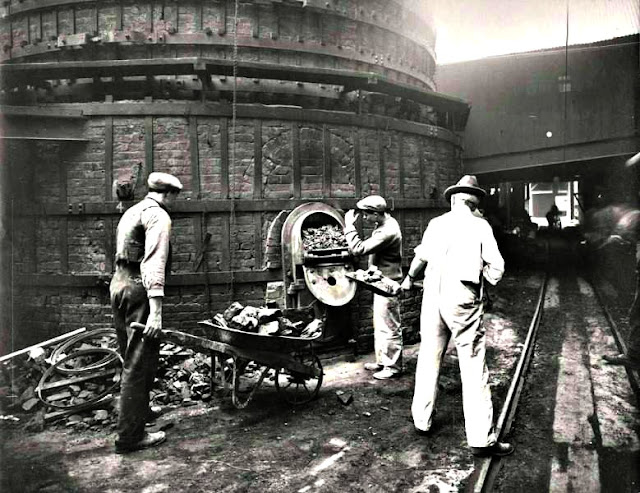

























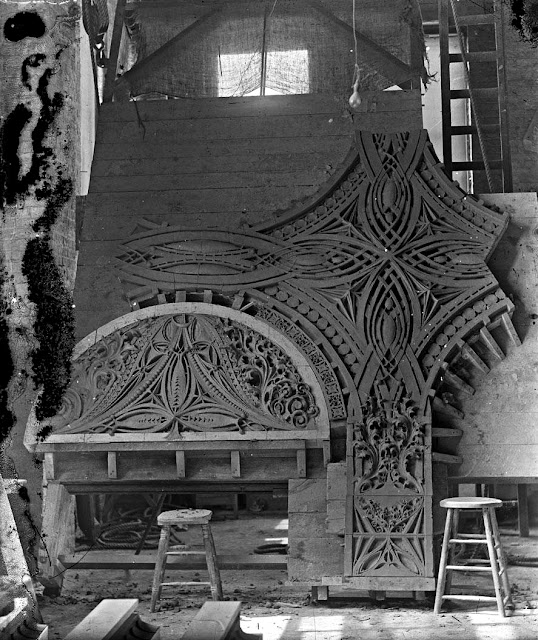



















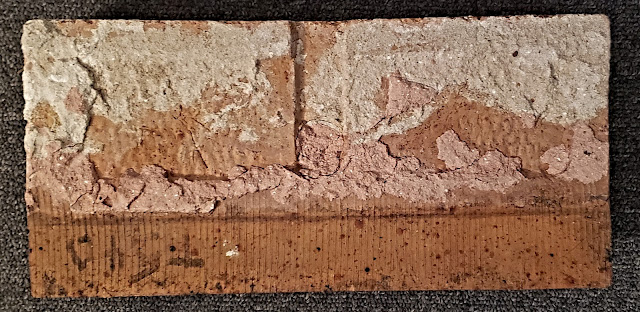






.png)
.jpg)
.png)






.jpg)



































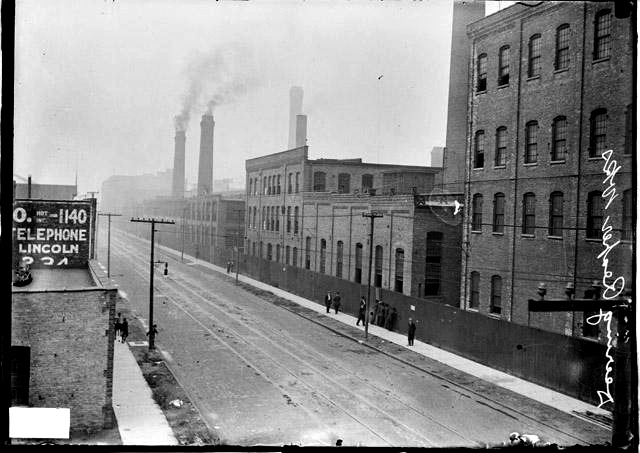





































































































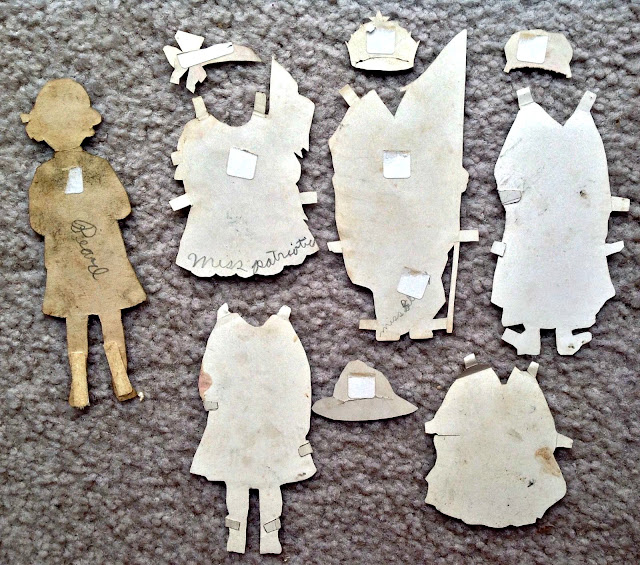




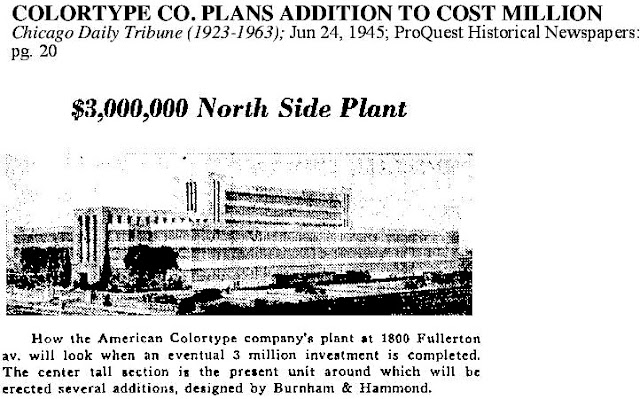





































































.jpg)
.jpg)

























.jpg)







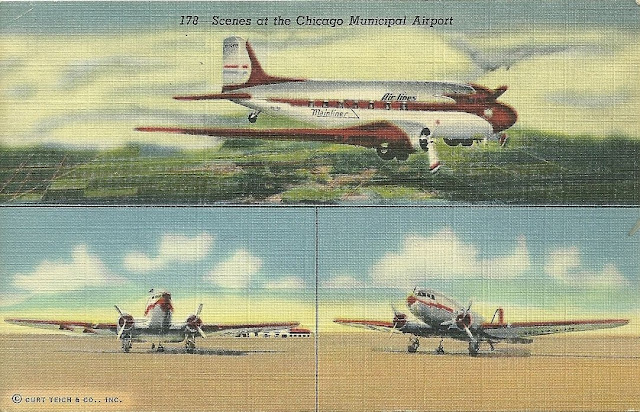










.jpg)
.jpg)
.jpg)
.jpg)

.jpg)


